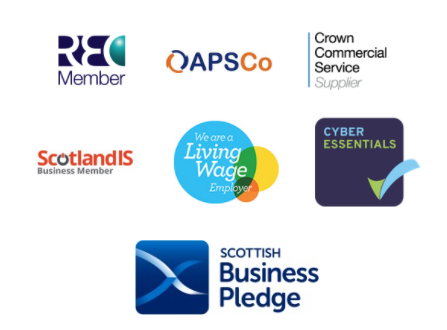

It’s fair to say that Be-IT doesn’t often receive applications from candidates in Norway. If we did, we might be surprised when they expect full transparency about their salary—and want to know what everyone else in the company is earning. Our typical response might be that salaries are a private matter, though some (particularly women, as discussed later) might disagree.
In Norway (and Sweden), however, it has long been a public right to access information about people’s salaries and taxes. While laws have become stricter—now requiring that the person being looked up can see who is inquiring—it’s still possible to find out what your boss, neighbor, or local official earns.
Before dismissing this as unique to Scandinavia, consider that the USA is seeing a move toward similar, though less extreme, transparency. Earlier this year, New York introduced new regulations requiring companies to list salary ranges in job postings.
Although companies can circumvent this by posting wide salary ranges, the trend is clear. In the UK, we already have public salary bands for most public sector roles, though typically starting at the lower end of the scale. In the U.S., large companies are also moving toward transparency. For example, Microsoft has stated that it hopes nationwide changes will offer a consistent experience for job seekers interested in joining their team.
The annual salary surveys we've conducted across our business group consistently show that pay is the top factor candidates consider when job hunting. The issue is that many job ads, including those from recruitment consultancies like ours, don’t always include salary details. This is often due to client confidentiality or the flexibility required to adjust offers based on candidate experience. In the competitive job market, the ability to offer more can make the difference in securing top talent. Some clients also prefer not to advertise salaries to avoid potential internal issues.
Transparency does have its downsides. A U.S. study of Norwegian data found that greater awareness of income disparities led to increased dissatisfaction. After 2001, when people could view others’ tax records, the link between happiness and income rose by nearly 30%, and poorer individuals became more likely to feel discontented.
However, it’s worth noting that clarity around salaries could help us close the gender pay gap – Norway boasts one of the world’s lowest discrepancies, being ranked third out of 144 countries for wage equality for similar work by the The World Economic Forum.
Supporting this, a Fawcett Society survey found that women voters overwhelmingly want the legal right to know what their male colleagues earn. Among female voters in key constituencies, 71% said they would be more likely to support a political party advocating for this right. The survey also revealed strong support for banning questions about salary history in recruitment, with 62% of women in favor.
Pay is always going to be a key factor for professionals looking for their next role. With growing pressure to address gender pay disparities, it seems likely that demand for greater transparency will continue to rise. This is an area to keep an eye on in the coming years.
Michael Phair,
Group Operations Director

